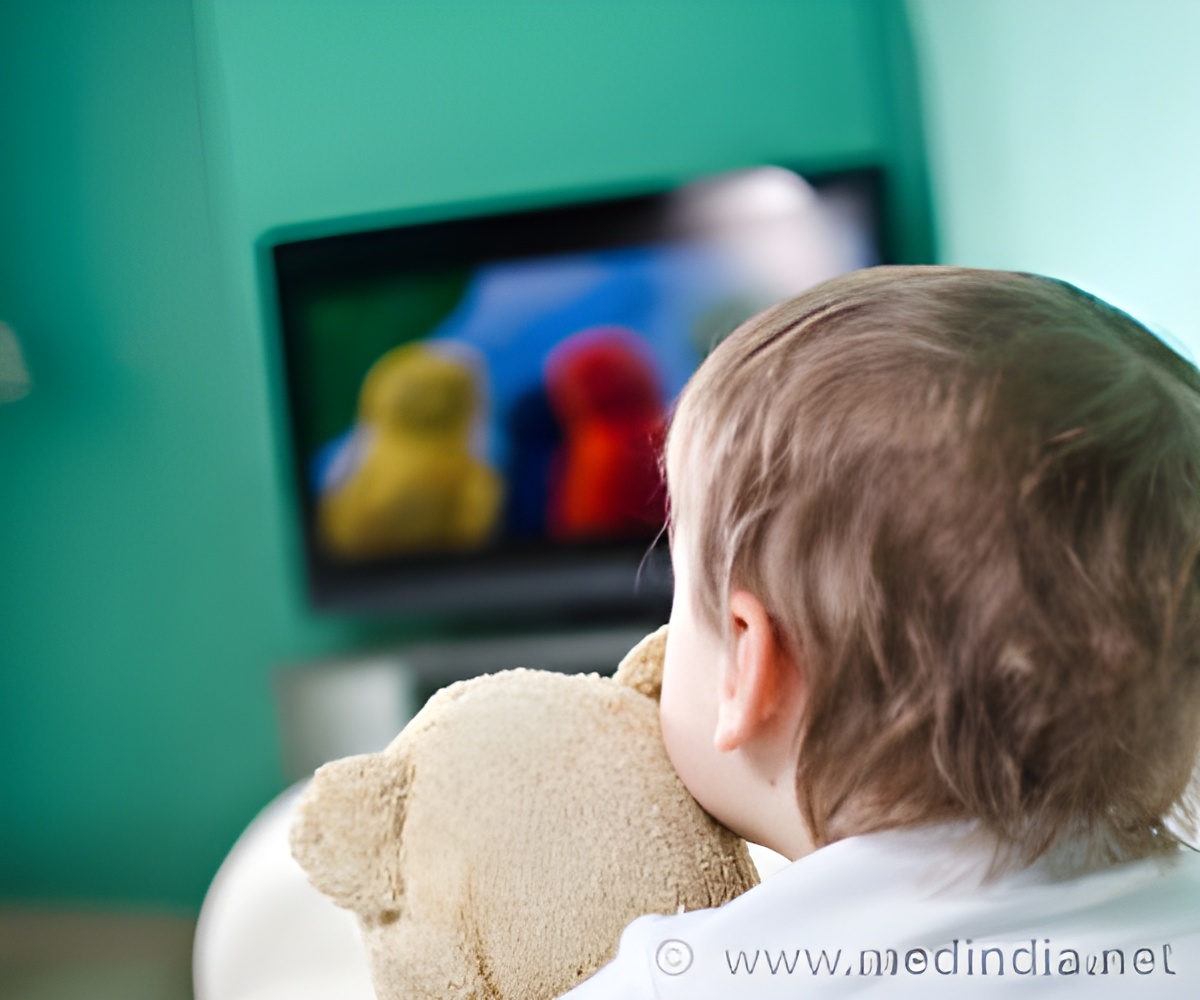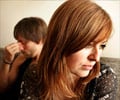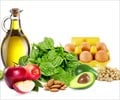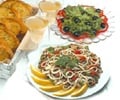
They assessed the frequency and type of food and drink portrayals in children's TV programmes, broadcast between 06.00 and 17.00 hours Monday to Friday, on the BBC and RTE TV channels in 2010.
Both the BBC and RTE are national public broadcast channels that don't carry any commercial product advertising, and which aim to inform, educate, and empower their audiences.
All food and drink cues were coded according to type of product, use, motivation, outcome, and the characters involved.
A total of 1155 food and drink cues were recorded across 82.5 hours of programming, accounting for 4.8% of the total broadcast material, and averaging 13.2 seconds for each cue. Just under 40% of the content came from the USA.
Sweet snacks (13.3%) were the most common food cue, followed by confectionery/candy (11.4%). Tea and coffee were the most common beverage cues (13.5%), closely followed by sugar sweetened drinks (13%).
Advertisement
Most of the cues involved a major character, 95% of whom were 'goodies.'
Advertisement
The most common motivating factors associated with each cue were celebratory or social (25.2%) and hunger/thirst (25%). Only 2% of cues were related to health.Over 90% of characters were not overweight, despite their consumption of unhealthy products.
A direct comparison between the content of UK and Irish programmes spanning 27.5 recorded hours showed that food/drink cues were more common on content broadcast on the BBC, with the total recorded time for these amounting to 2.3 hours compared with 45.6 minutes for content broadcast on RTE.
The authors point out that while there is a clear link between exposure to advertising of unhealthy foods and their consumption in young children, the impact of unhealthy food/drink content in TV programmes aimed at children, is not clear.
But they conclude: "Eating and drinking are common activities within children specific programming, with unhealthy foods and beverages especially common and frequently associated with positive motivating factors, and seldom seen with negative outcomes."
This is something that parents, policy makers, and physicians should be aware of , they add, suggesting that this type of content should be balanced by more frequent and positive portrayals of healthy foods and behaviours.
Source-Eurekalert













